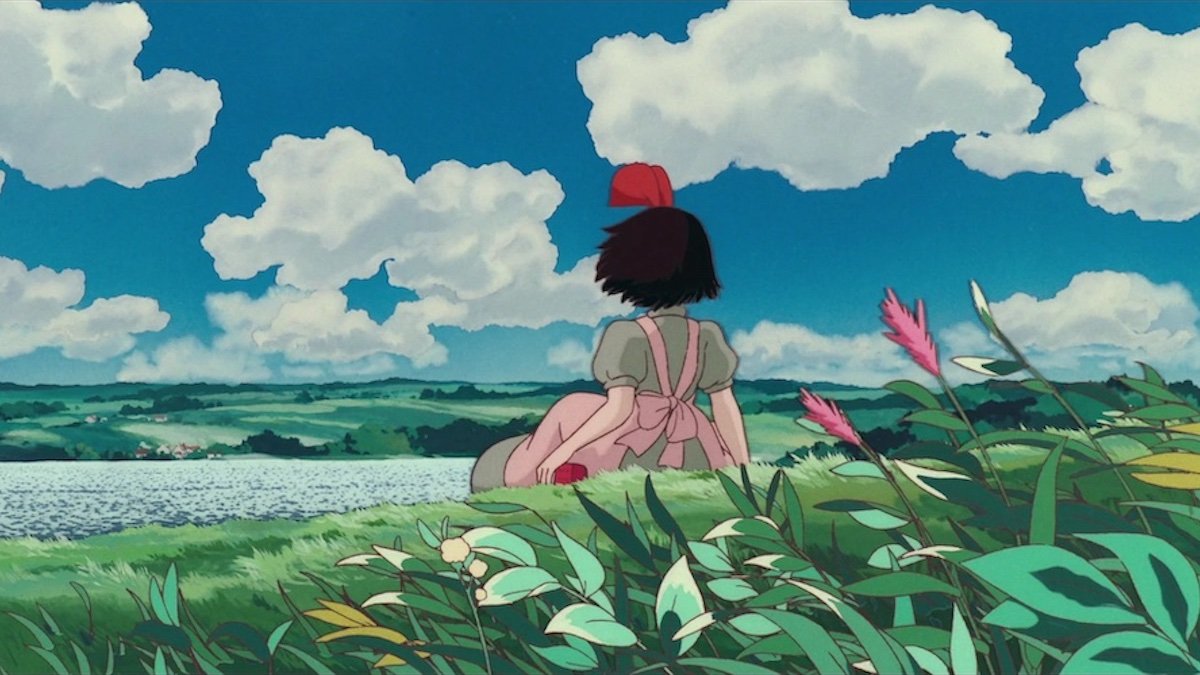I once watched a little boy laugh uncontrollably as he chased bubbles in the park. His joy was pure, effortless, and free of condition. For that brief moment, it seemed like nothing else in the world mattered. He wasn’t rich or powerful. He was simply present—and happy.
Moments like that make us wonder: what really creates happiness? Is it something we chase? Something we wait for? Or is it something quietly built inside us?
Modern neuroscience offers a beautiful answer. Happiness is not something we find. It is something our brain continuously creates. Like a silent architect, it shapes our emotions, our thoughts, and the way we experience life—moment by moment.
One of the clearest ways to understand happiness is through the relationship between expectations and reality. Think of it as a mental equation: happiness is what we feel when reality meets, or exceeds, what we hoped for. When things go better than planned, joy blooms. But when life falls short of what we imagined, even if everything looks fine from the outside, disappointment sneaks in.
This makes us ask: should we expect less to be happier?
Maybe. But if we lived without hope, we would lose the very thing that moves us forward. Hope and ambition have shaped every great human story. They give meaning to our efforts and direction to our dreams. The key is not to let go of expectations entirely, but to learn how to hold them gently. Dream big, but stay flexible. Let go of the need for everything to be perfect. That’s where peace often lives.
Inside our brain, happiness is supported by four powerful chemicals: dopamine, serotonin, endorphins, and oxytocin.
Dopamine rewards us when we make progress—completing a task, reaching a goal, or hearing kind words. Serotonin gives us calm and emotional stability, and it rises when we get sunlight, exercise, or moments of stillness. Endorphins lift our mood through movement, laughter, or even a good cry. Oxytocin brings the warm feeling of trust and connection—through hugs, closeness, and genuine companionship.
You can’t press a button to release these chemicals. But you can create conditions that invite them. A walk in nature, a conversation with someone who sees you, the feeling of completing something meaningful—these are not small things. They are gentle signals to your brain that say, “you are safe, and you are well.”
We also experience happiness in two forms. The first is instant gratification—the quick joy from a treat, a compliment, or a funny video. It’s real and valuable. But it doesn’t last.
The second is long-term contentment. This is the deeper happiness that comes from purpose, growth, and connection. It’s not as flashy, but it lingers quietly in the background, making life feel whole. The most joyful people aren’t those who chase only one or the other—they learn to honor both. They allow themselves to enjoy the moment while building something meaningful for the future.
Still, even when we try our best, there are hidden forces that quietly take away our joy. One is hedonic adaptation—our tendency to get used to what once thrilled us. That dream job or exciting trip becomes normal. Another is cognitive bias—our brain’s habit of noticing the bad more than the good. And then there’s the social comparison trap—the quiet ache of scrolling through other people’s highlight reels and wondering if we’re falling behind.
These patterns are part of being human. But the more we recognize them, the more we can step away from them. Gratitude, reflection, and simple presence are quiet acts of resistance—and they’re powerful.
So what is happiness, really?
It’s not a destination. It’s not perfection. It’s not a constant high.
It’s a rhythm. A practice. A way of seeing the world through a lens that is kind, curious, and open.
You may not control everything that happens in your life. But you do have the ability to care for the space within your own mind. And that space is where happiness begins.
Tonight, before you sleep, take a moment. Think of one small thing that made you smile today. No matter how ordinary. Let that thought be your quiet reminder that happiness is already being built—patiently and silently—inside you.



